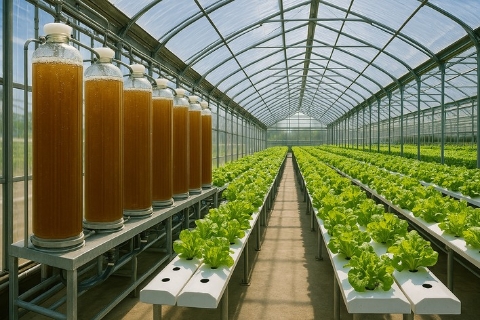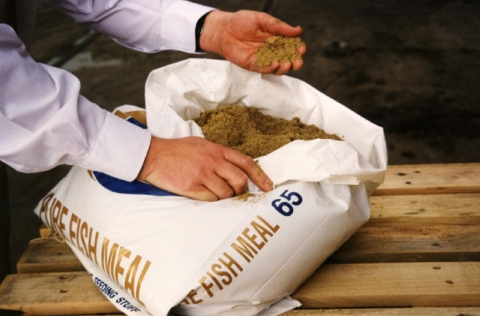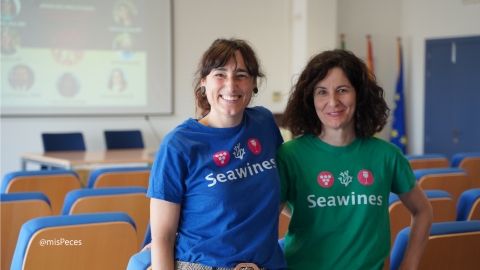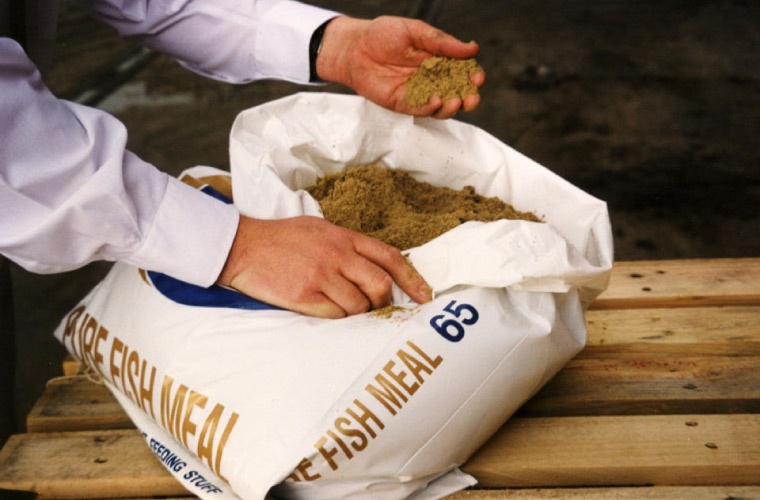
Modern aquaculture is steadily shifting towards more sustainable models, not only in farming practices but also in the production of feeds that sustain farmed species. A clear example of this transition can be seen in Spain, where all fishmeal and fish oil factories identified in a recent global study accessed by misPeces.
This circular approach helps to reduce pressure on wild fish stocks and maximises the use of marine resources, becoming a cornerstone of sustainability for aquaculture in today’s context of growing food demand.
For professionals in the aquaculture sector, this new tool represents a major step forward in understanding the availability and sourcing of marine ingredients used in feed, particularly against a backdrop of increasing global demand for sustainable aquaculture products.
According to data reviewed by misPeces and published in the journal Science Adavances, Spain stand out as the most sustainable producer of fishmeal and fish oil in southern Europe. In all 27 factories identified, 100% of the raw materials originate from fish by-products and are either certified or aligned with international standards such as MarineTrust or IFFO RS.
Portugal also shows a positive outlook, with all registered factories using by-products as their primary input. However, only 66.7% of these hold certification.
In contrast, while 81.8% of French facilities use by-products, 13.6% still rely on whole fish for production. Furthermore, the proportion of certified factories in France stands at just 56.8%-notably lower than that of the Iberian producers.
What Does the Global Picture Look Like?
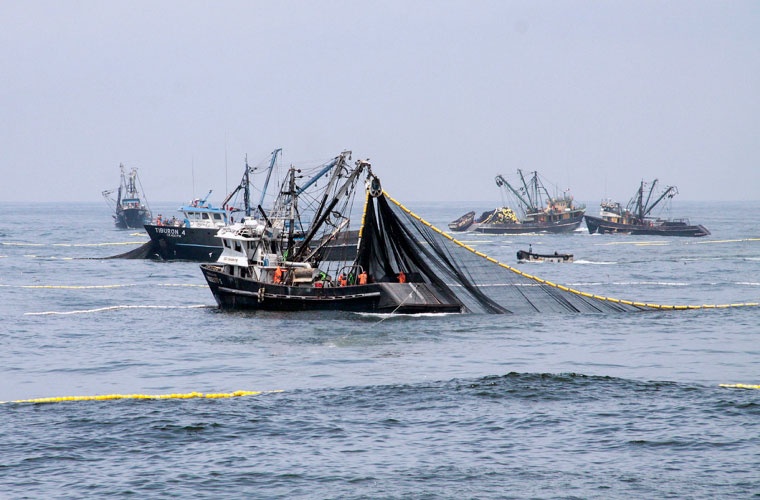
They reported that 63% of the locations were identified through satellite imagery and company websites. Globally, 506 fishmeal and fish oil factories have been identified, operating by 413 companies across 63 countries. Peru tops the list, with 125 facilities, followed by Mauritania with 42, and Chile with 33.
The data was compiled by researchers at the Institute for the Oceans and Fisheries, University of British Columbia, drawing from public records, memberships list from organisations such as IFFO and MarineTrust, and satellite verification where possible.
One of the key findings highlights that, although whole fish still dominate production volumes, when it comes to the number of facilities, by-products from fisheries and aquaculture are the most commonly used raw materials, accounting for 49% of cases. This indicates a trend towards greater resource efficiency within the industry, although 37% of factories still rely primarily on whole fish.
The researchers also pointed to concerns over a lack of transparency in key countries such as China and Senegal, where not all reported factories could be located. They emphasised the need to update this information regulatory to monitor sector growth and its impacts: ”Given by the dynamic nature of the sector, it is crucial to update this database regulatory to ensure its relevance and accuracy.”
For aquaculture professionals, this new database offers an important advance in understanding the supply and origin of marine ingredients used in feed, amid a climate of rising global demand for sustainable aquaculture products.

